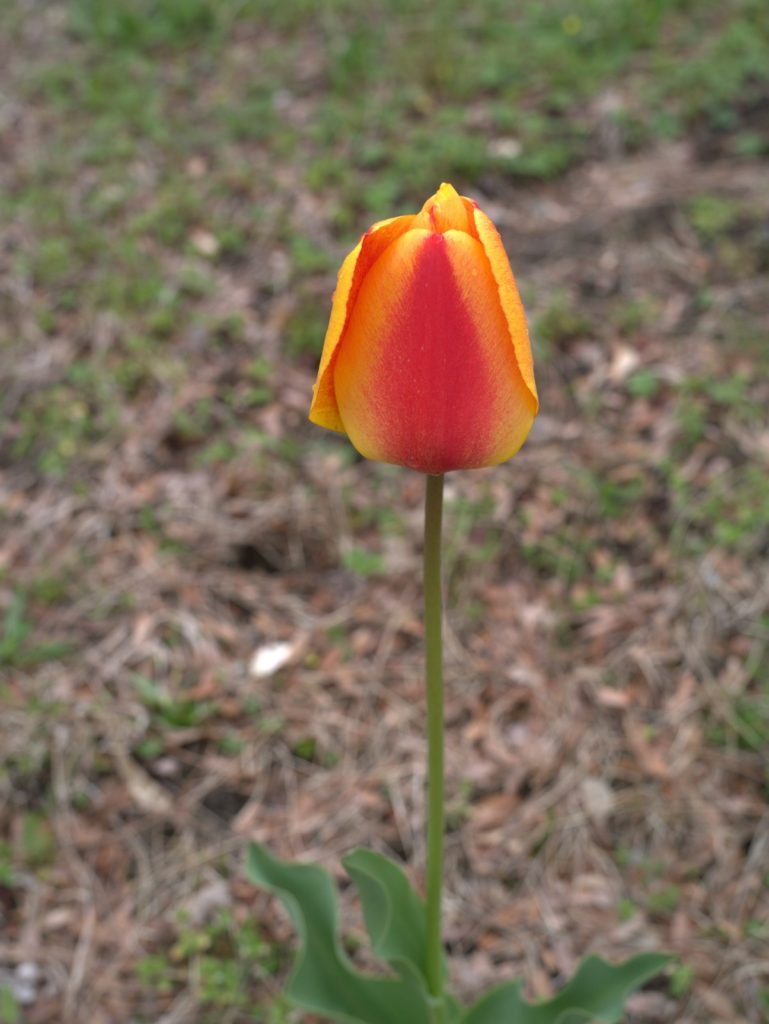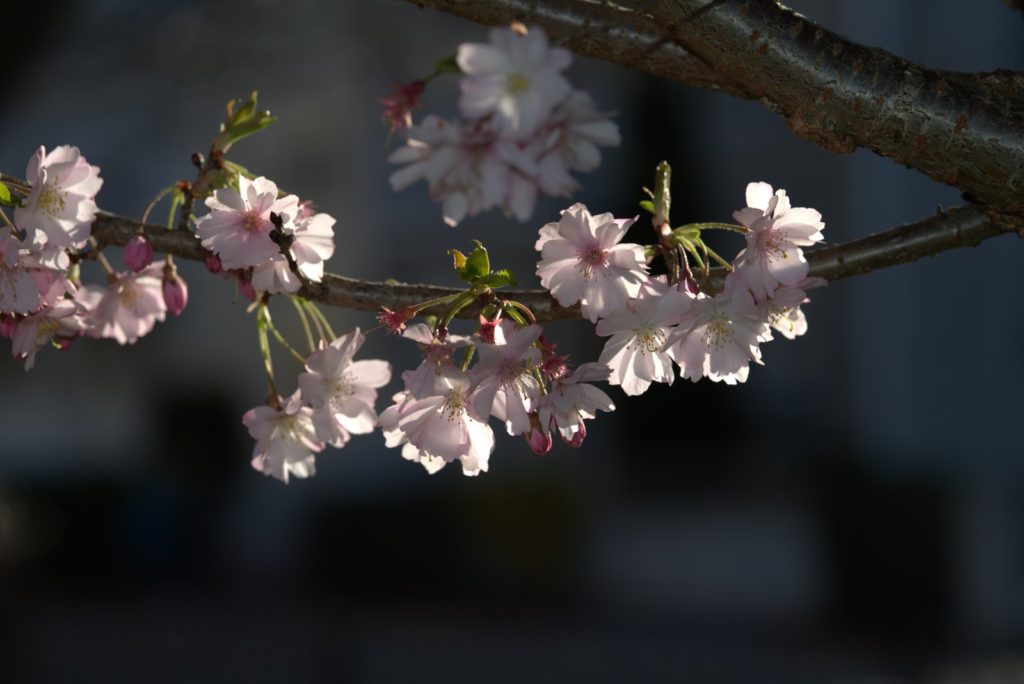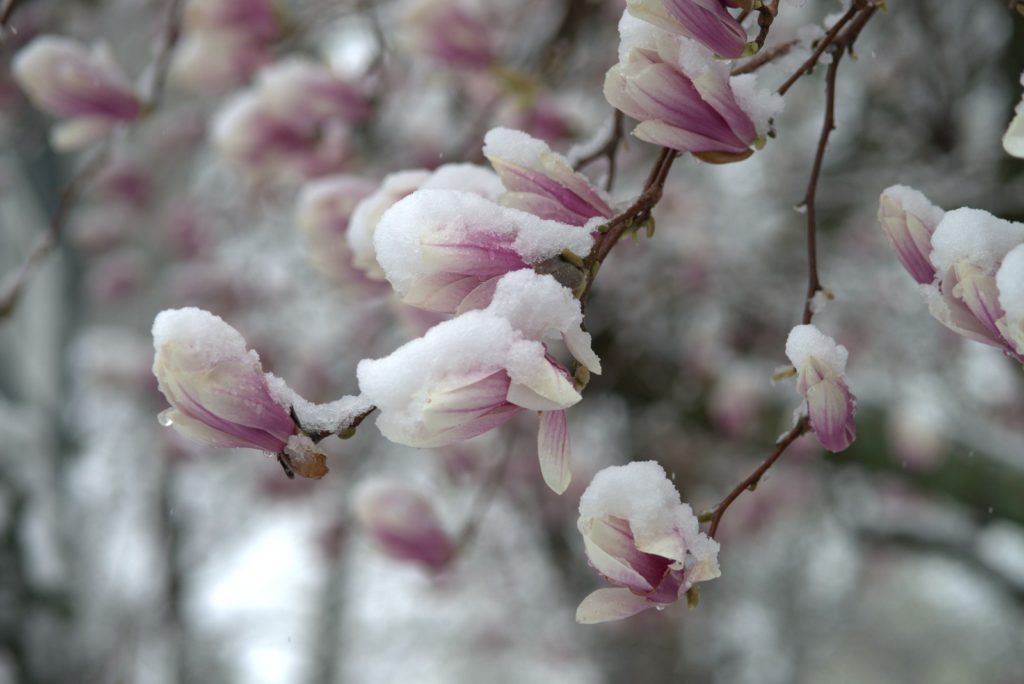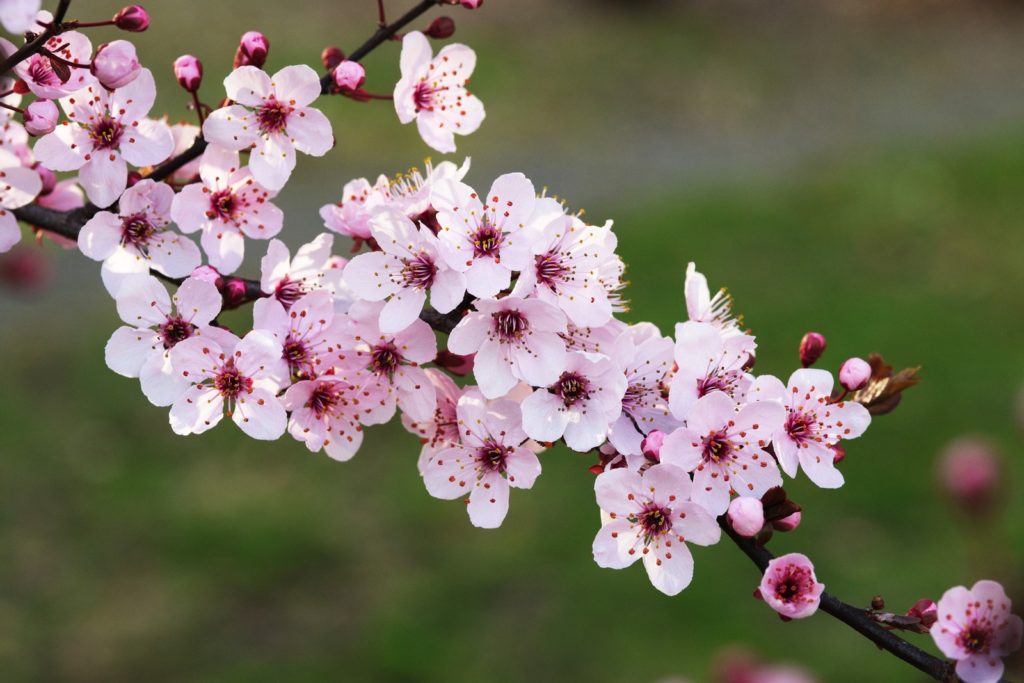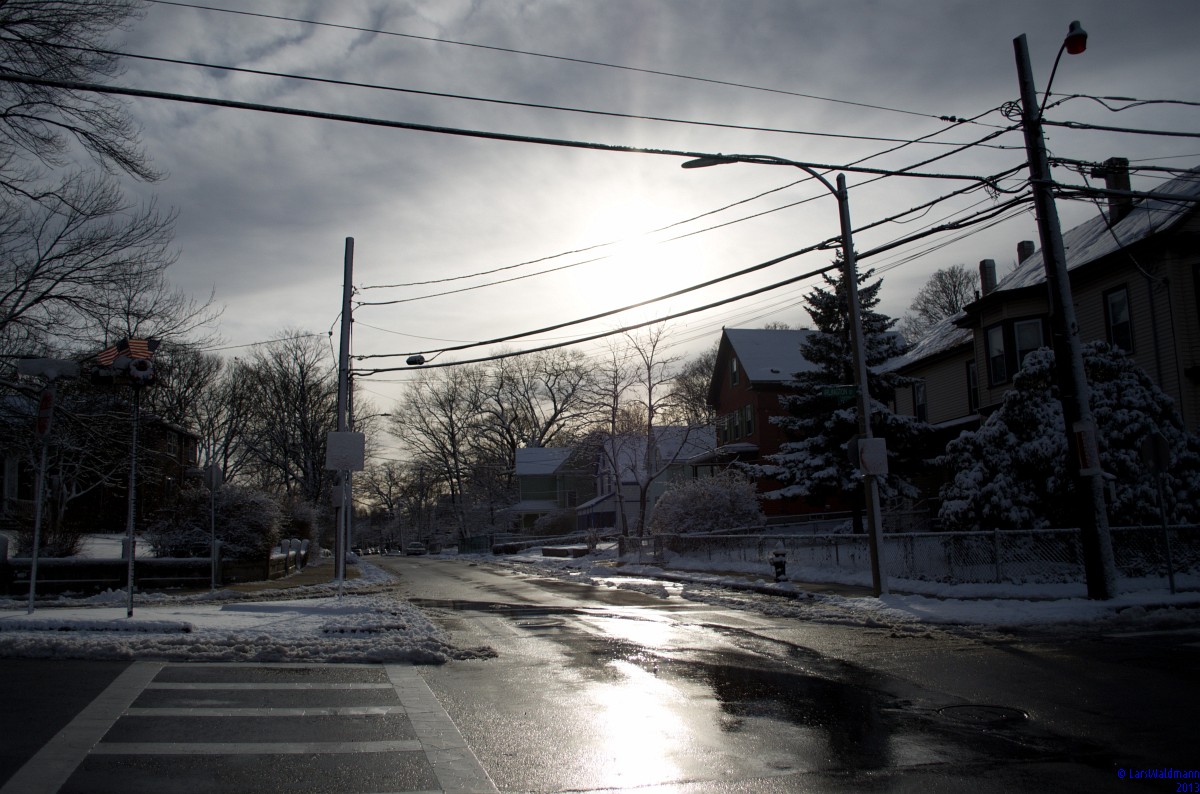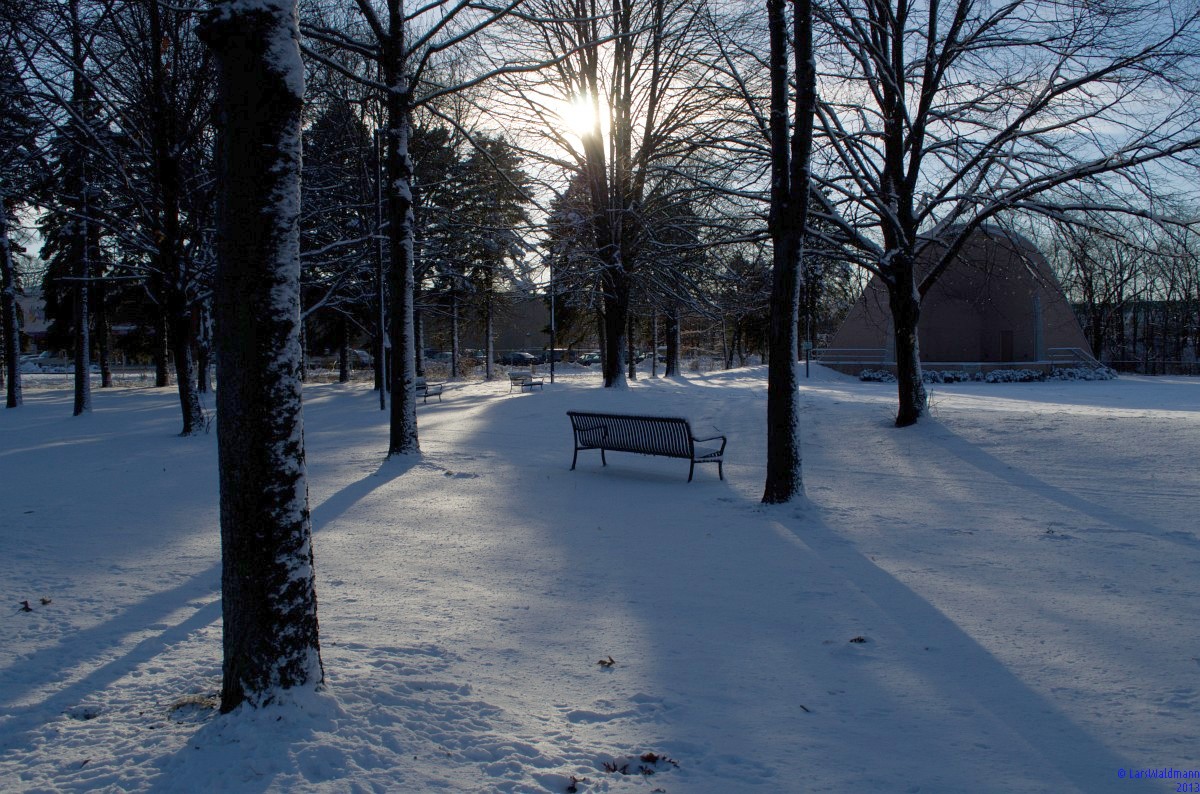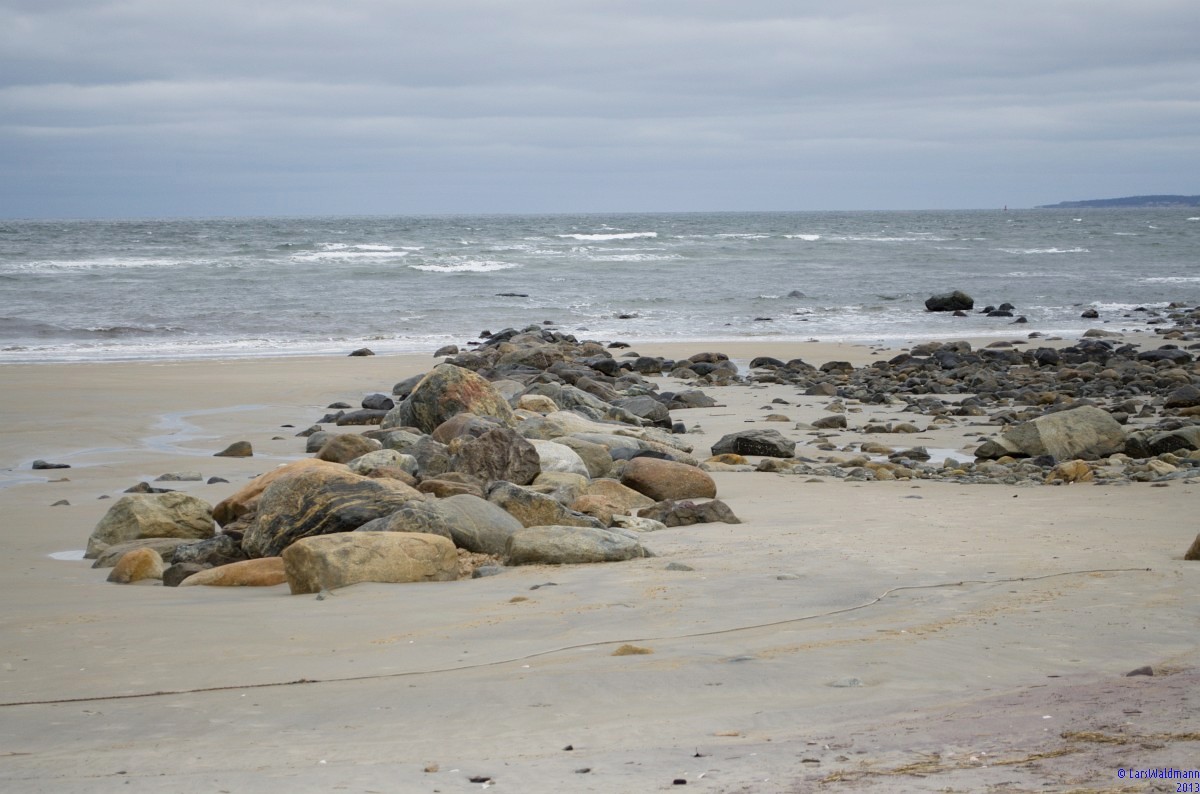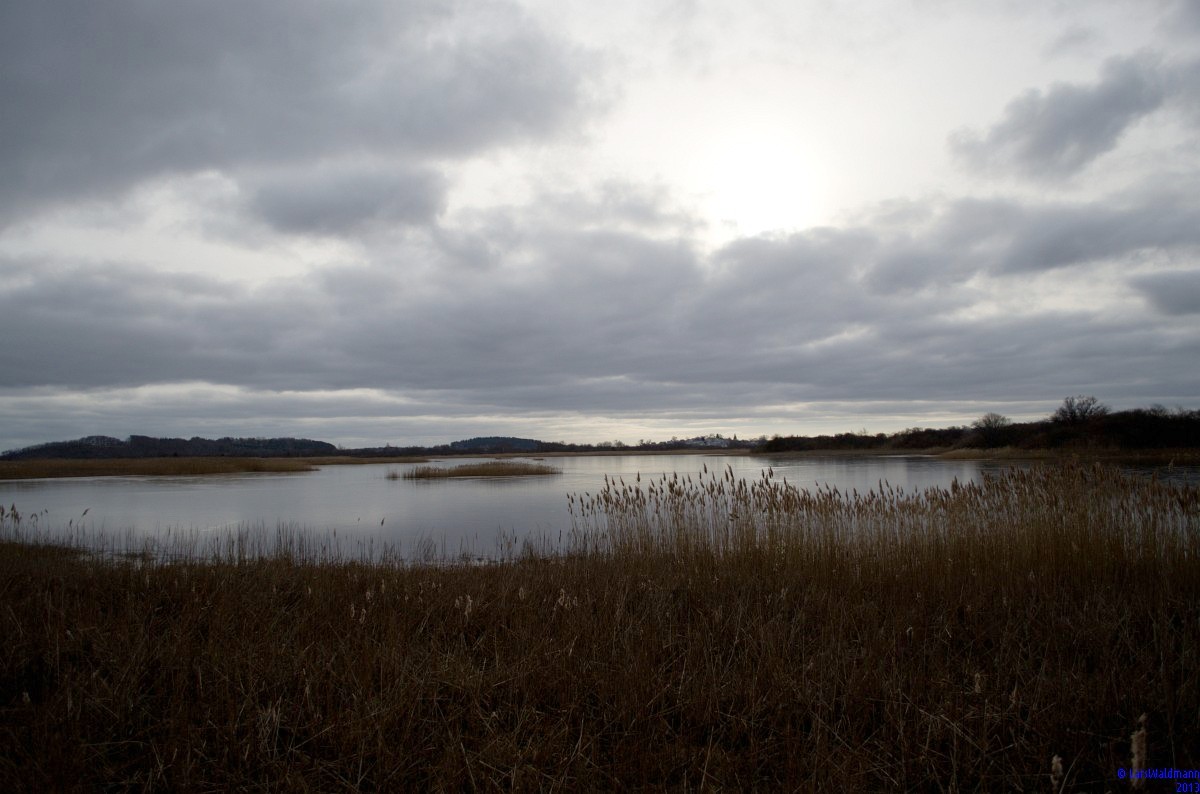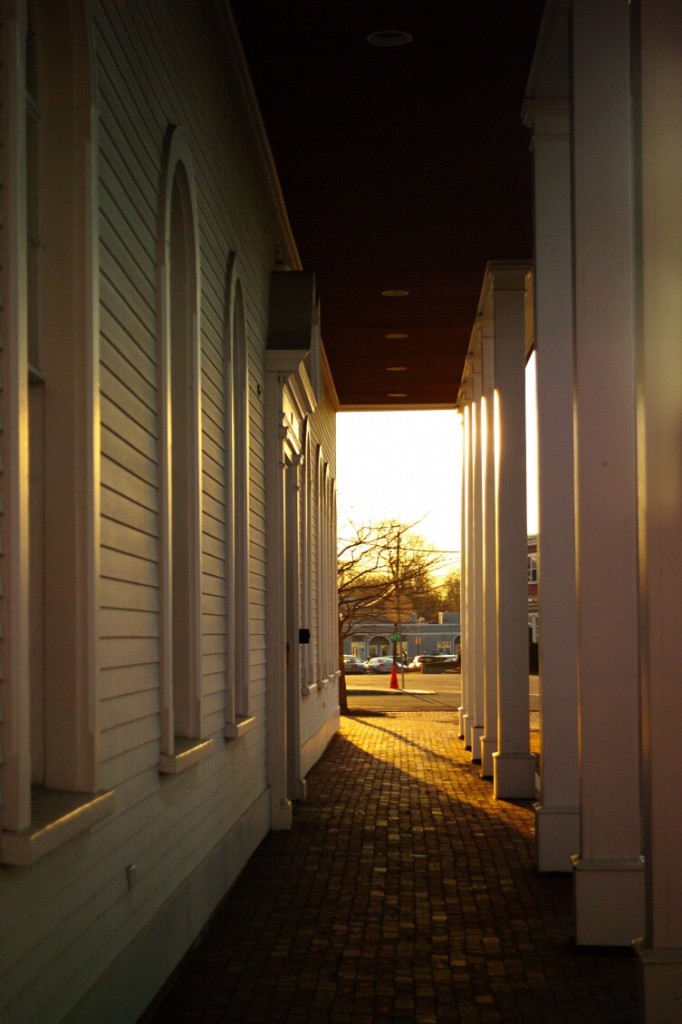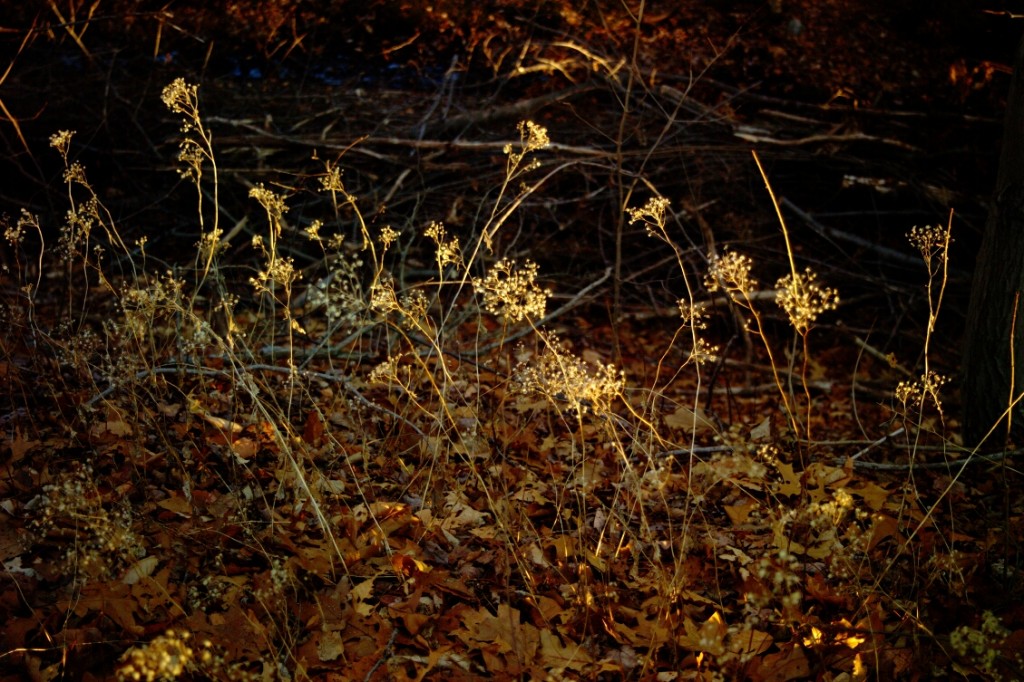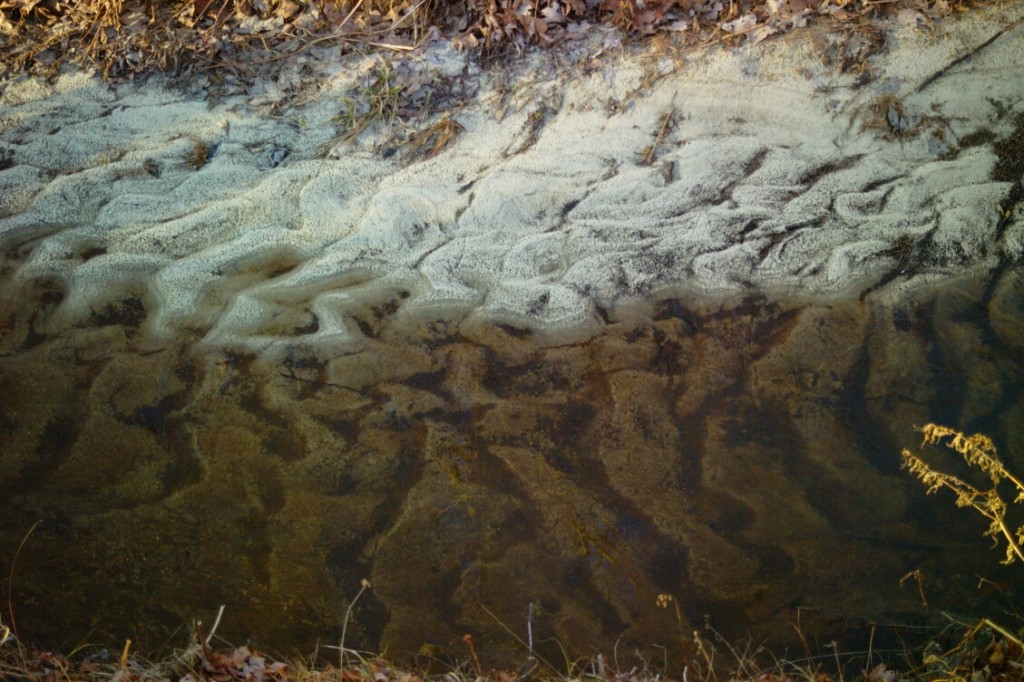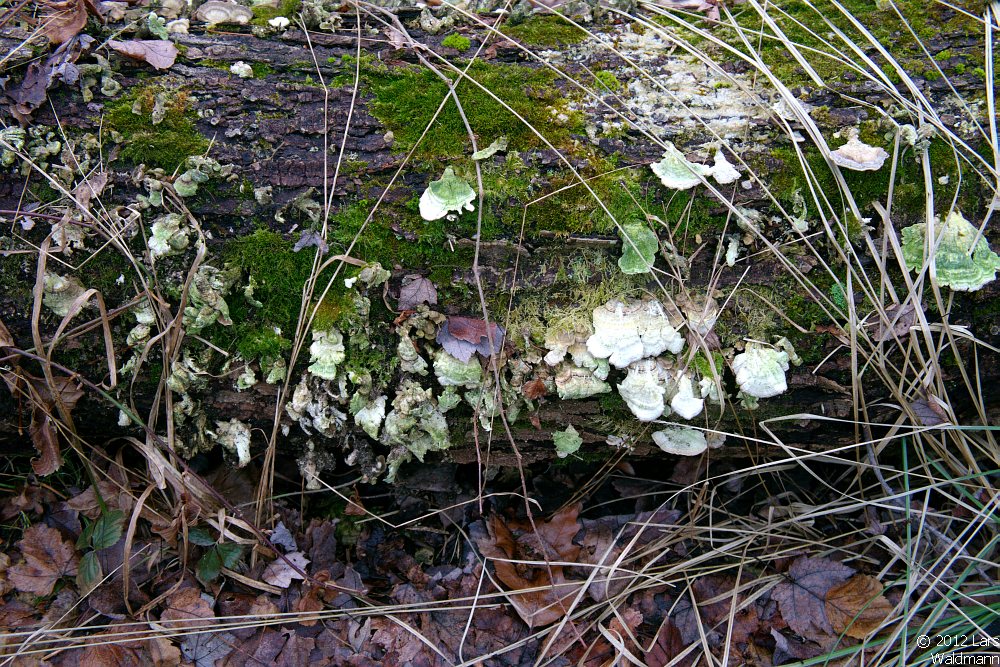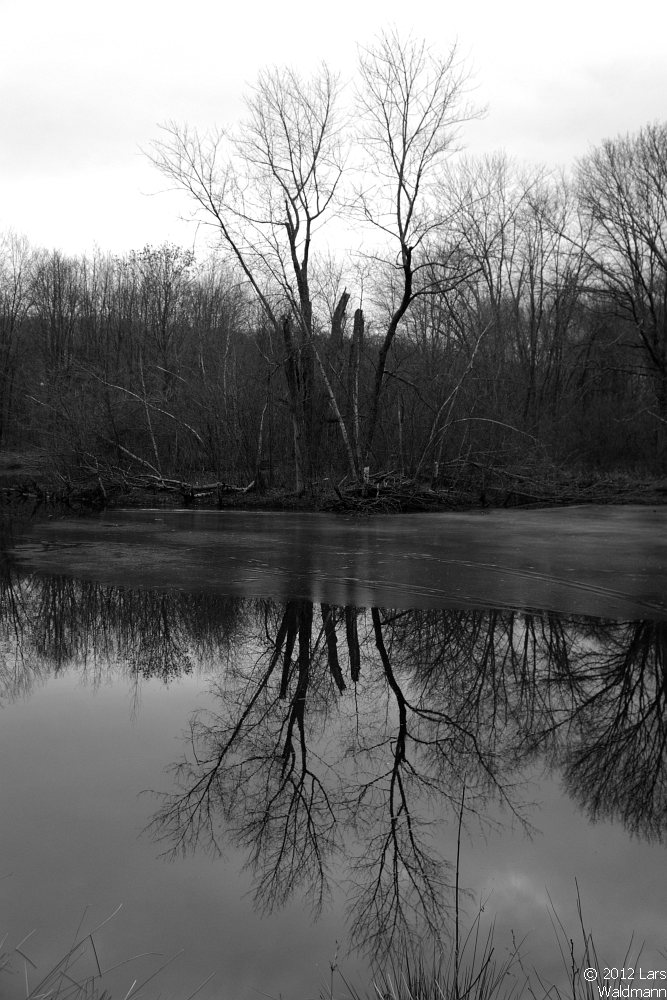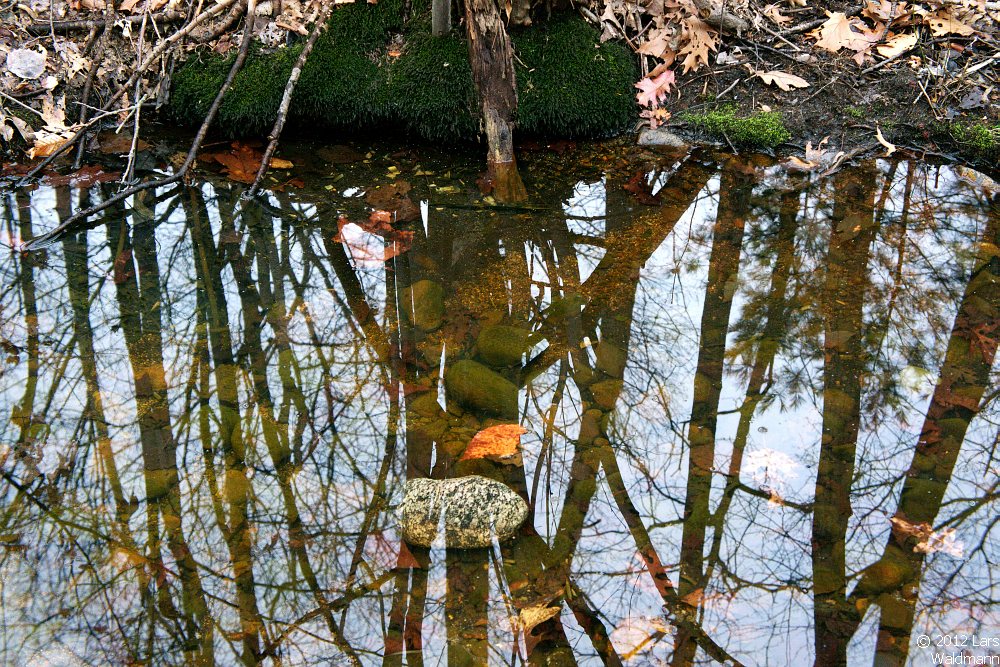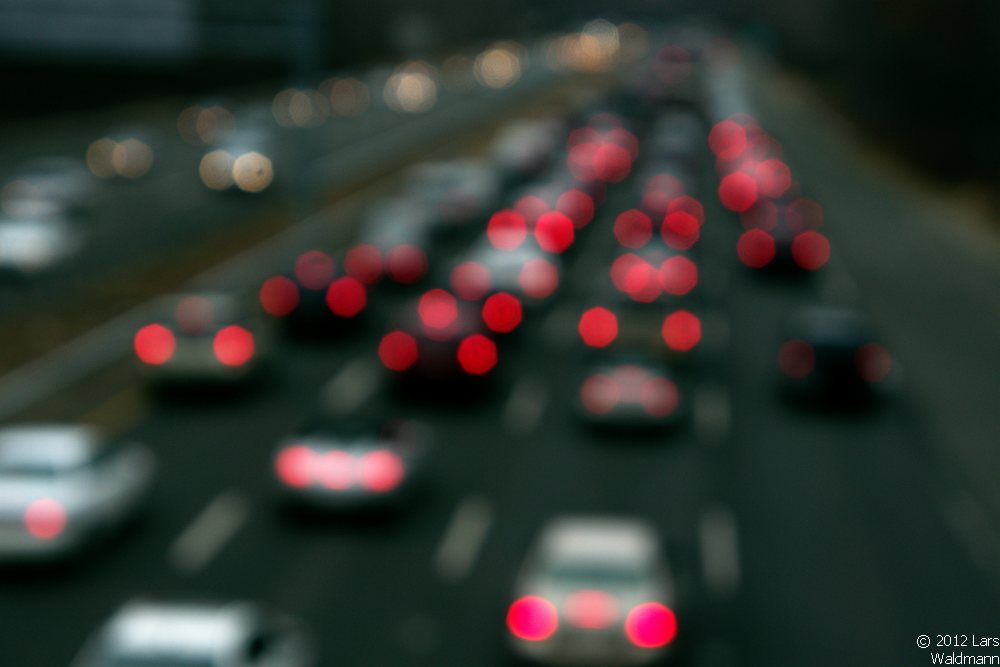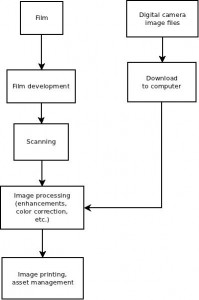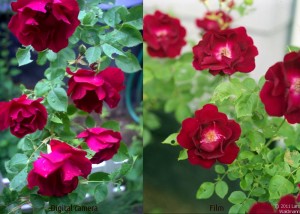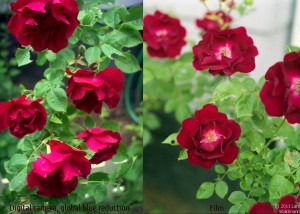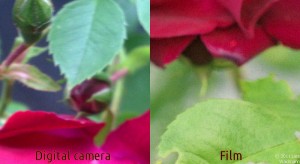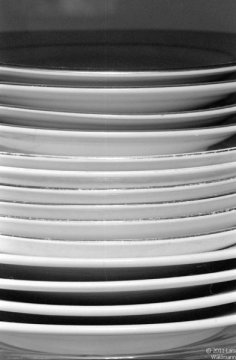I has happened once again, camera manufacturers have announced new models at a Japanese trade show about two weeks ago (beginning of February 2012). This time it seems like the bar has been pushed very high by Nikon with the announcement of a 36 megapixel DSLR camera for about $3000. While I applaud Nikon for producing such a superb product, people are already discussing positive and negative implications. There are some that can’t wait to get their hands on this camera, whereas others are more skeptical and concerned that it may be difficult to create a computer infrastructure that can support 60-70 MB raw files.
It is great to see how far camera technology has come in the last 10-15 years, we can now take decent photos at high ISO, take bursts of images without any delays, and have enough resolution for billboard-size photos from even inexpensive lower resolution models.
The danger of new equipment is (and that is why I have named the post as such) that the lack of using the latest equipment may serve as an excuse for us why we can’t do today photographically what we should be doing.
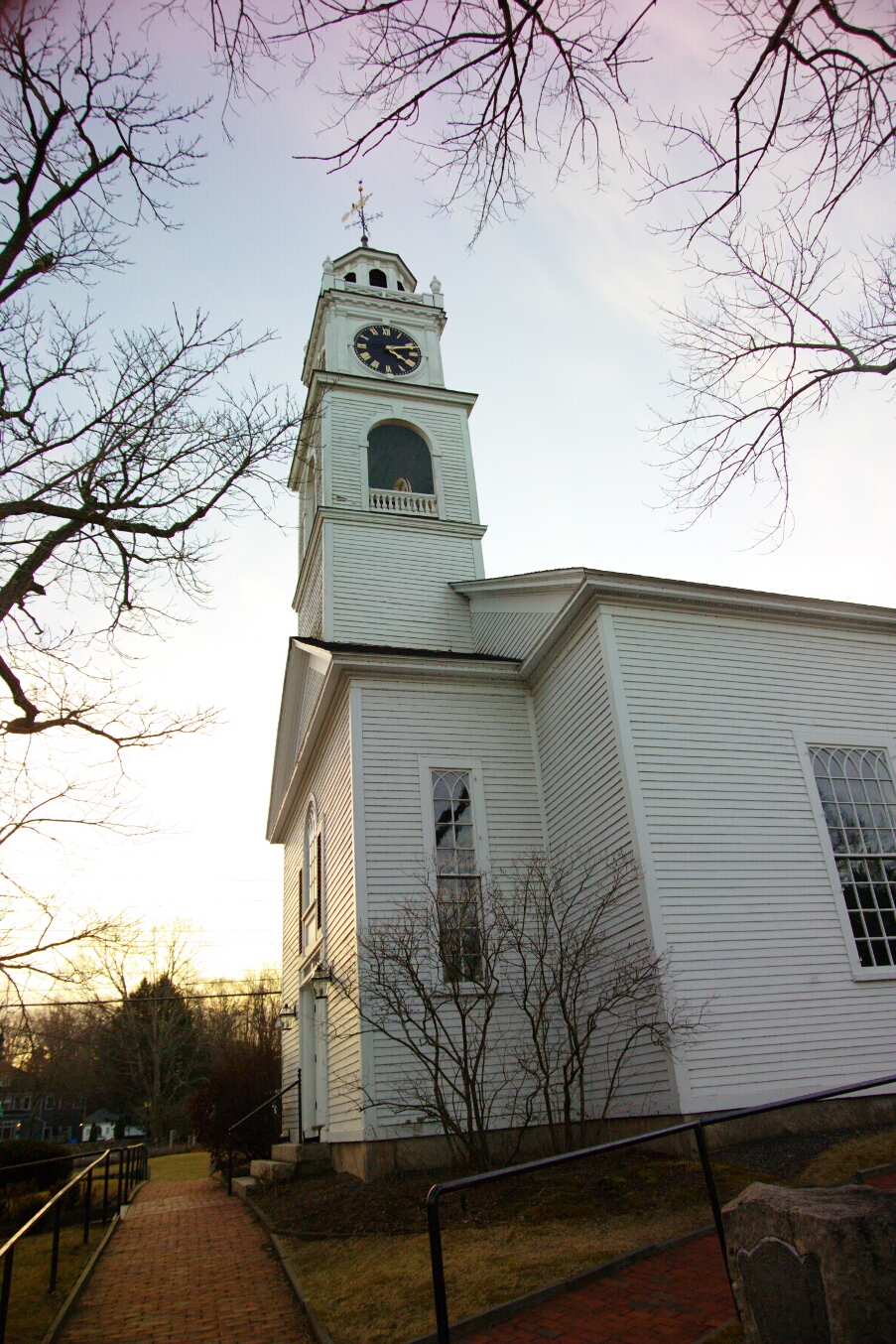
It is so easy to get lost in the promises of manufacturers that the newly announced camera will guarantee the breakthrough we have been waiting for. And so we pre-order the new camera, hoping that it will be available for our summer trip, because then we can finally do “real” photography.
The issue I have with this approach is that by arguing that we can only do “real” work with our new equipment, we should follow what we say and discard our old work to this point, because we just claimed that it was not good, because of outdated equipment. I always like to check in photo magazines how many photos were taken with “outdated” equipment. My impression is that it is probably around 90%. It is more the exception that somebody uses the latest equipment.
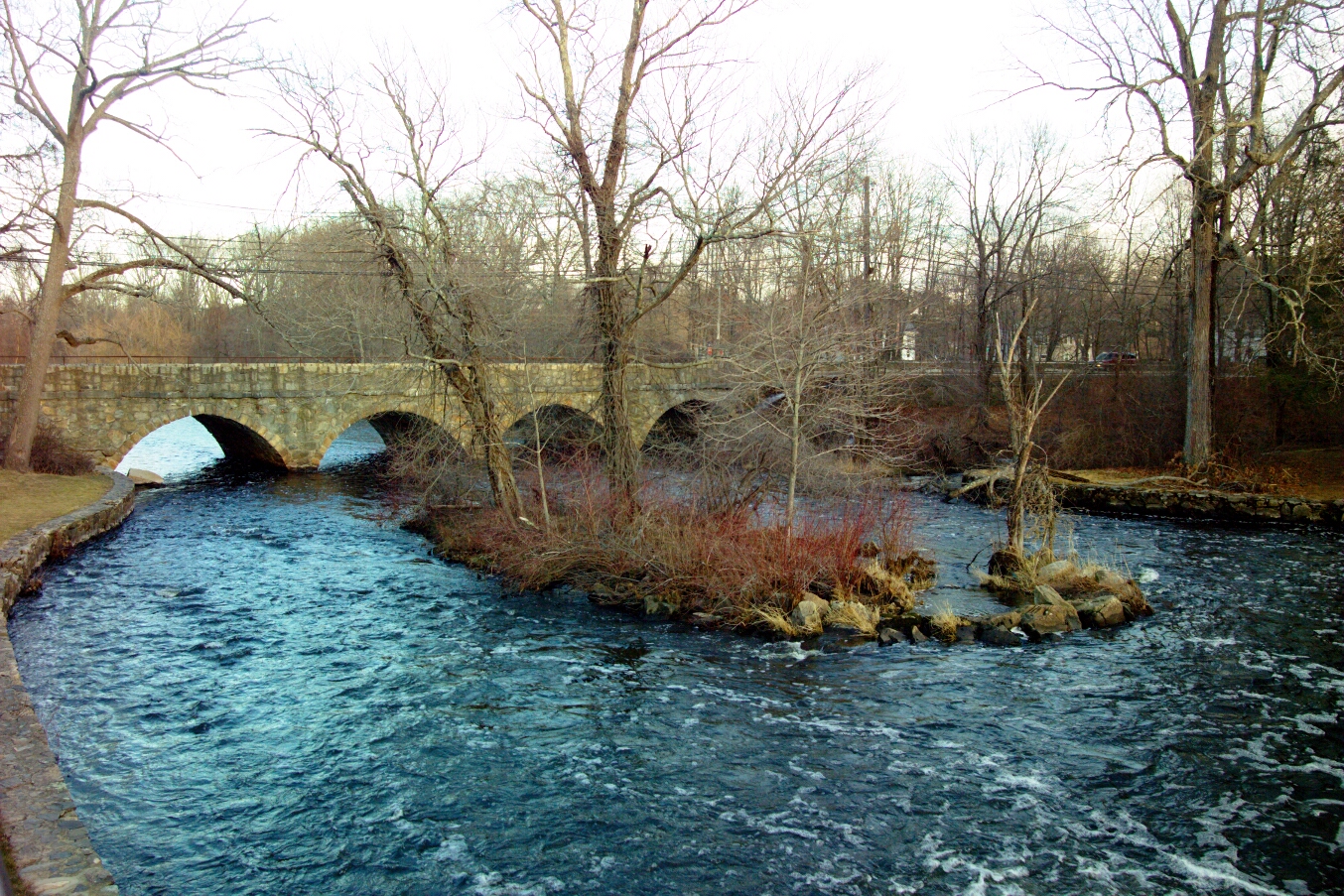
If we spend all our dispensable income on new equipment, we won’t have enough money left to actually travel, or worse, we may be afraid to take the expensive camera on a trip. This would be a pity.
A long time ago, I learned that nobody can look at a photograph and determine what equipment was used to make it. I once ran a test with some friends. I had one print made from a 35 mm film scan, the other was from a digital camera file. Everybody guessed wrong, because the film scan image had higher contrast, whereas the digital camera print had less contrast. People assumed that the higher contrast photo must have come from a digital camera, because they had become conditioned that the digital camera file must look better.

Since it is difficult to discern what equipment was used, how should the photographer select equipment, and what is its role? Well, as photographers we know the limitations of our equipment. For my film cameras, I know which shutter speed I can comfortably hold by hand, and I know what film I have available. For the digital cameras, I know what the ISO limitations are for each camera, what I feel comfortable using. This ranges anywhere from ISO 320 to 6400 (max) for my current cameras.
Camera manufacturers have trained us to demand higher resolution, which is great to have, although for web use only, most modern cameras are overkill. The pitfall of higher resolution cameras is that we will need to improve our whole computer infrastructure to deal with the larger files. We should consider all these requirements before we make a decision into buying new equipment. I like to make a list with the features I would gain from a piece of equipment and then decide if it is worth the price, including secondary requirements such as updated computer hardware, additional hard drives for storage etc.
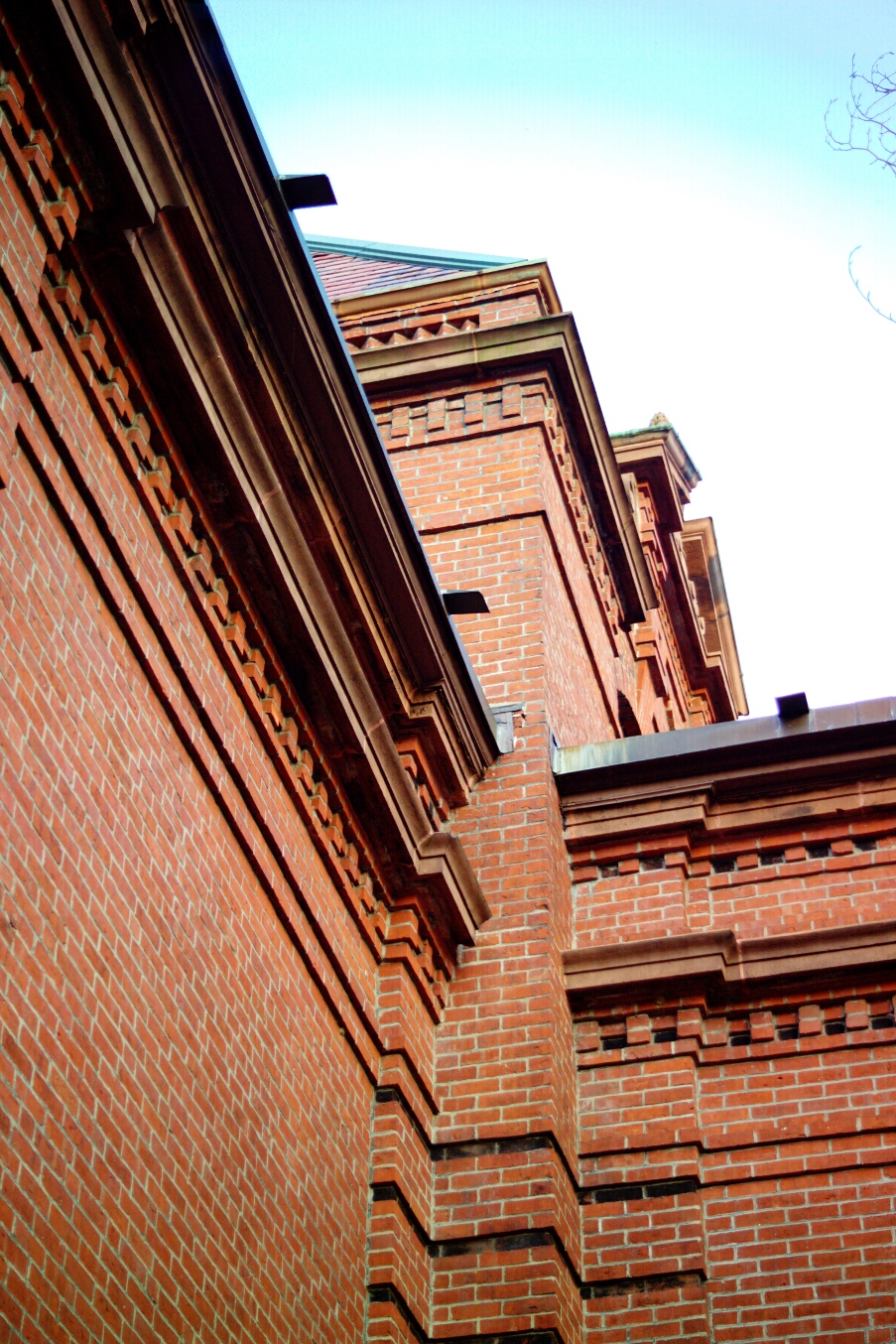
Maybe a better choice would be instead to purchase a new lens in a range that gives us a new perspective. Or some studio lighting equipment. Or a new printer. Or a plane ticket to the place we always wanted to go. Maybe that would be a better use of our money than another new DSLR or mirrorless body that gets old fast.
The photos I used here in this post are from South Natick, MA. I was on my way to a photography exhibition. I stopped when I saw the interesting church and library building. After I stopped I saw the Charles River dam below. While I had never been to this place before, I really enjoyed the sunset and clouds over the river, as well as the history at this place. It made me become more interested in the Charles River, a very winding river that merges into the Atlantic Ocean in Boston.
I was using an old Kodak DSLR from about 2003/2004 for the photos. Could you tell from looking at them? My guess is probably not. I knew the limitations of the equipment (no ISO higher than 320, very slow, etc.), but it didn’t bother me, because I used what I had available. Since I was not afraid of this camera getting stolen, it was riding with me in the trunk all day long until I needed it.
What my goal with this post is to encourage you to use what you have available and to remember that you make great photographs today. No need to wait for new equipment that will fall short. Photography is about life, about our emotions, about what we want to convey, about our feelings for a subject matter. The rest is distractions.
Recording artists did not wait for better recording equipment to become available, they performed their songs when the time was right. Today we can still enjoy recordings from several decades ago. The same is true for us, we don’t know what will be possible in a couple of decades from now. Maybe people will still enjoy printed photographs, maybe not. In the end it doesn’t matter for us today, because we need to create our artwork for today, not for the future.
What matters is that we can produce our artwork anywhere we go, and expensive new equipment may be limiting, because we may not take it in the mud, or in places where some water may sprinkle on it, which would be too unfortunate.
Thanks for reading,
Lars

